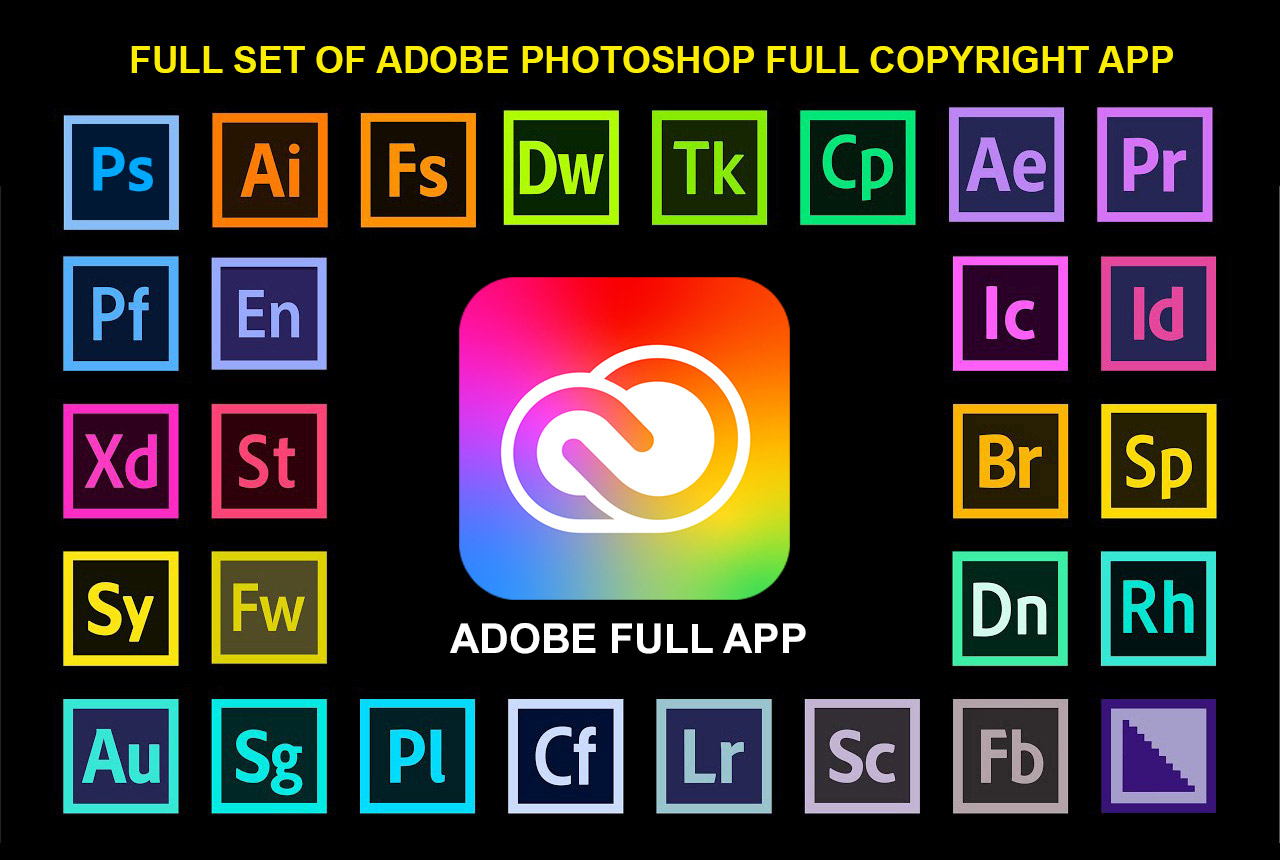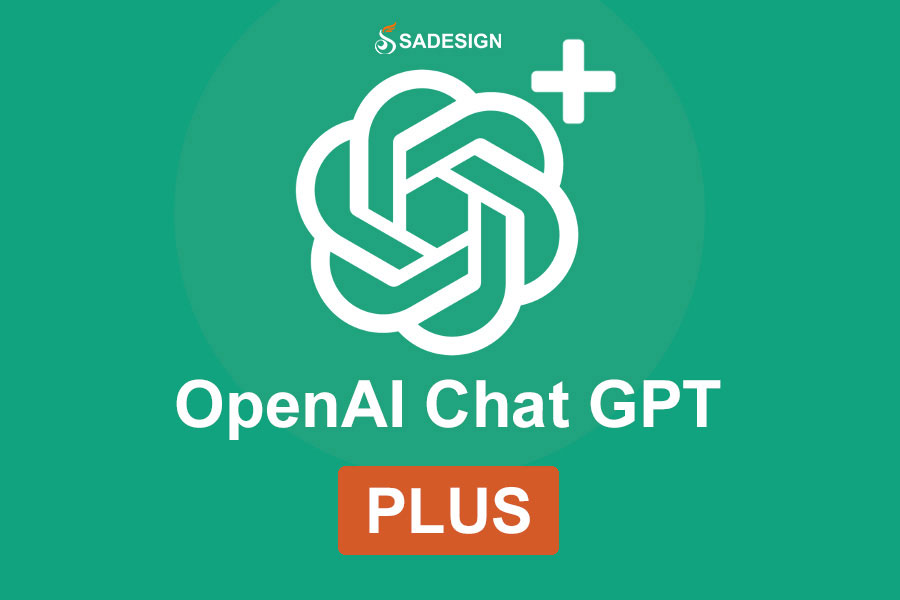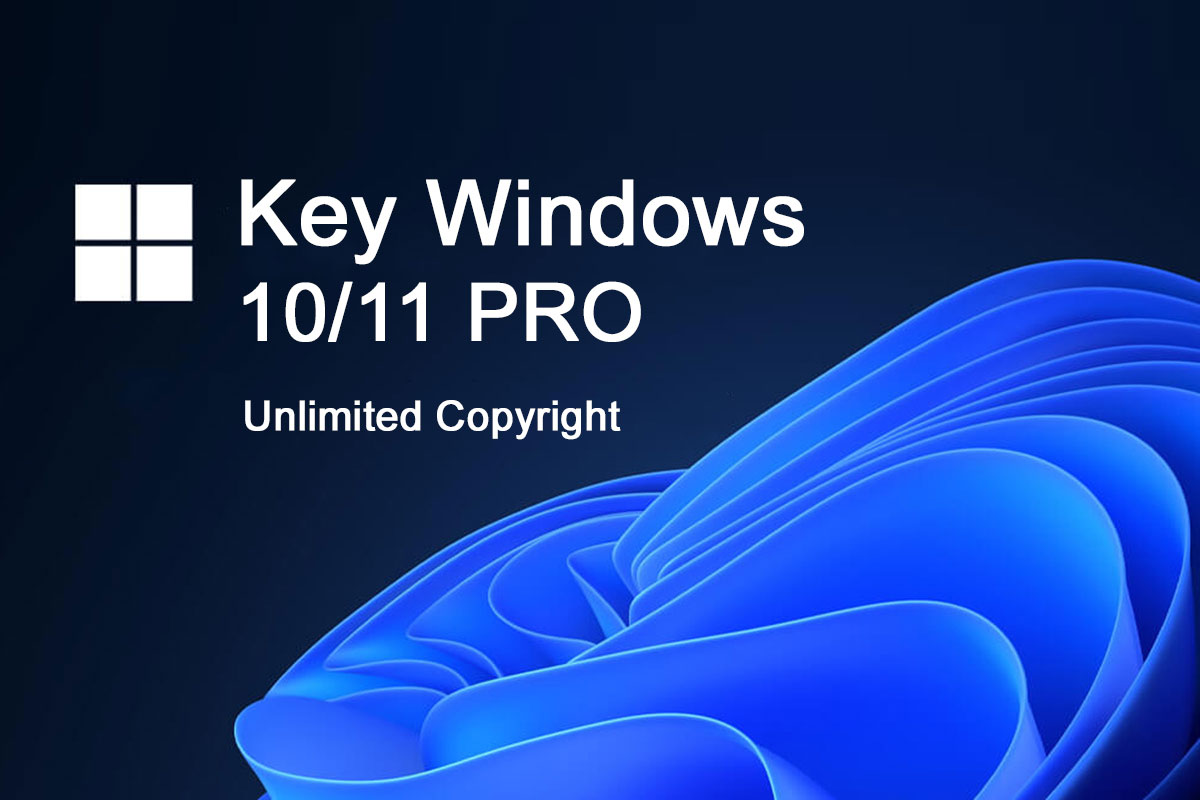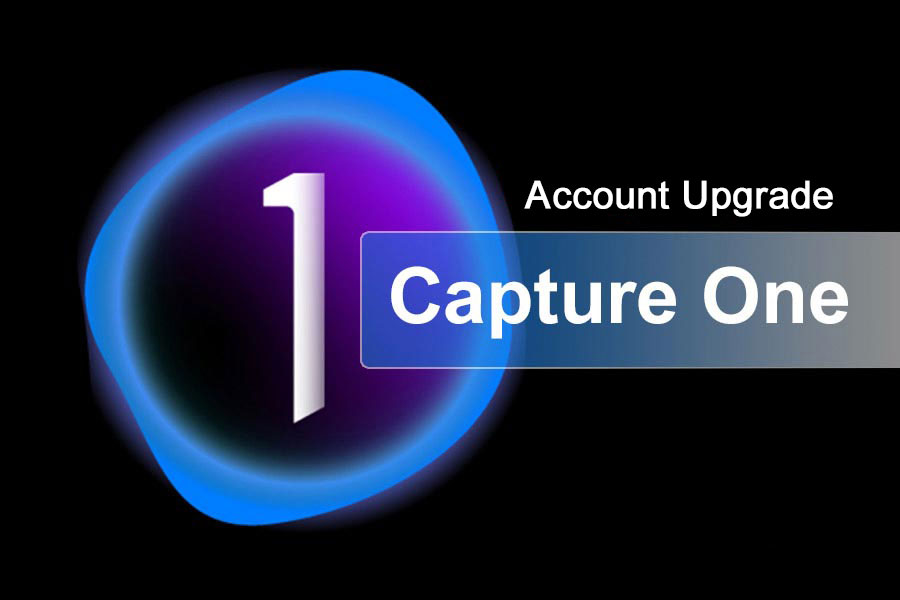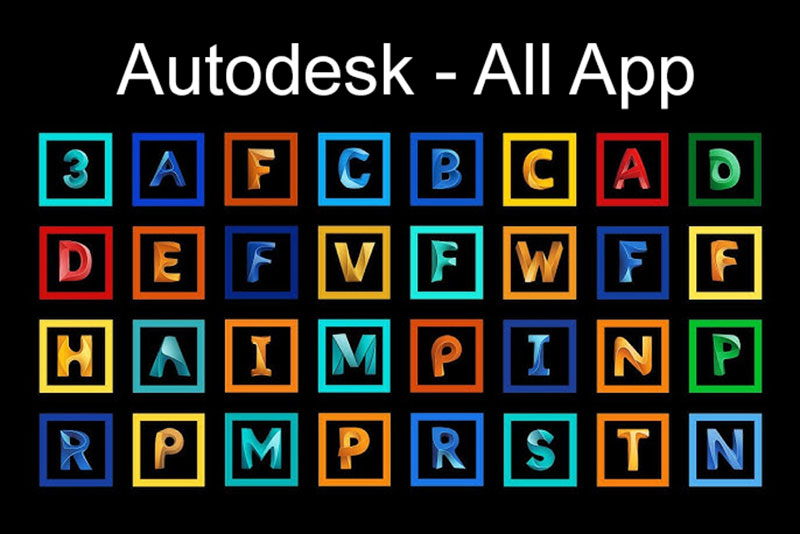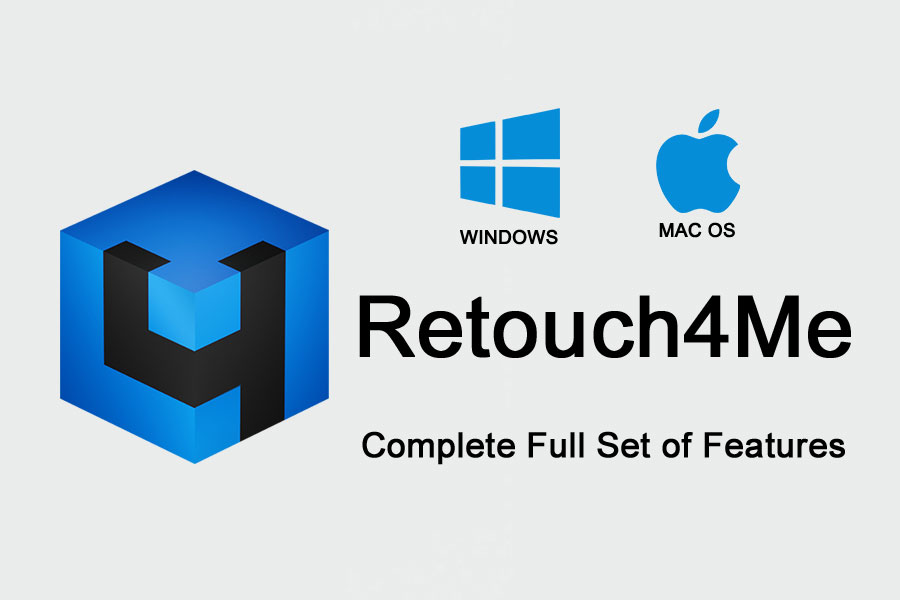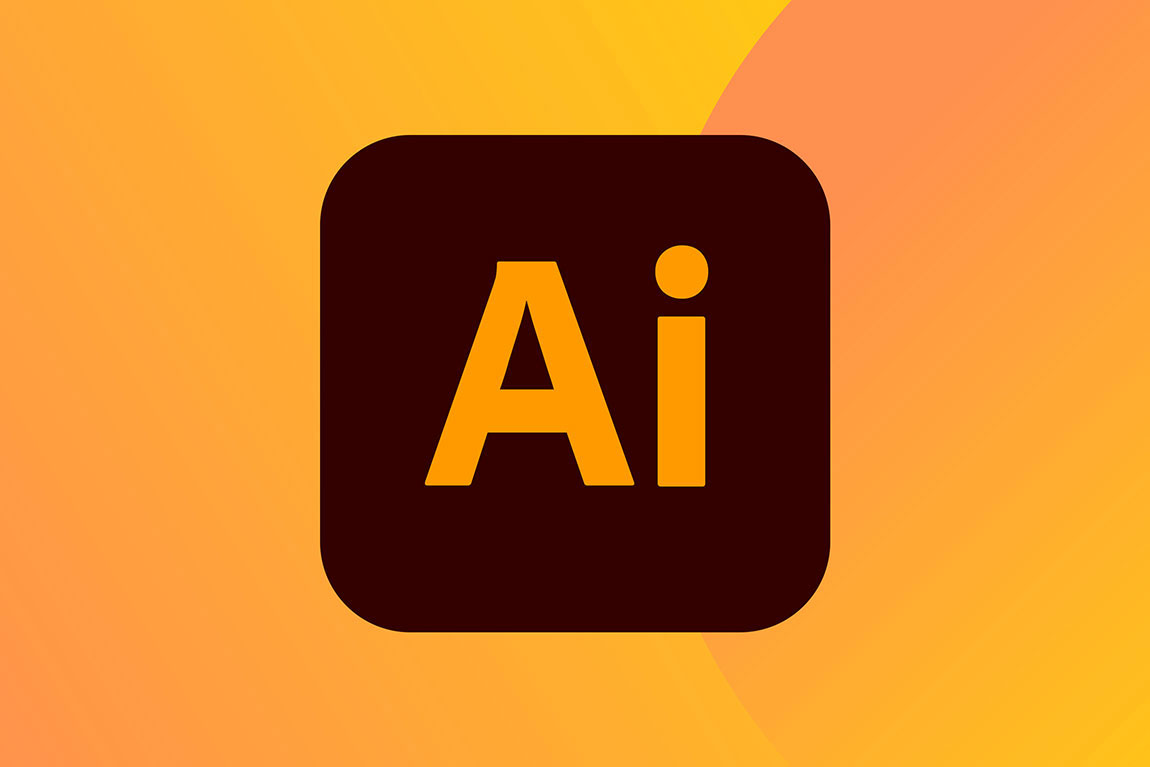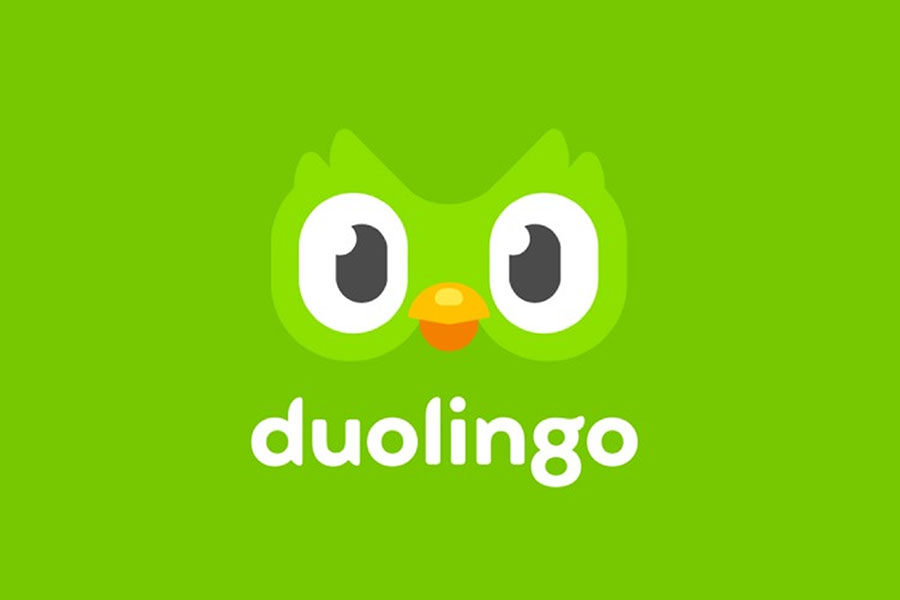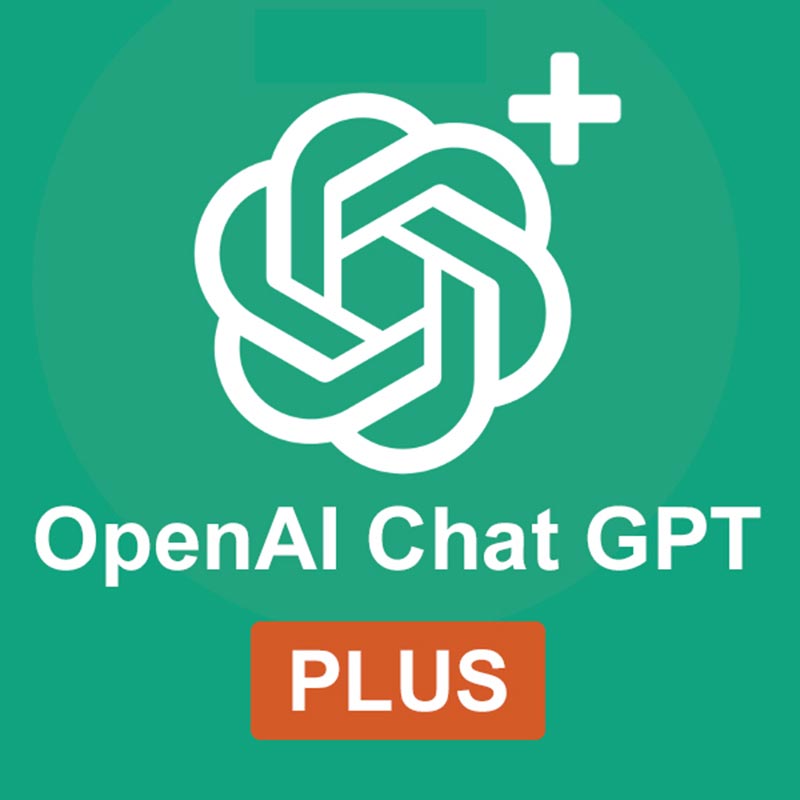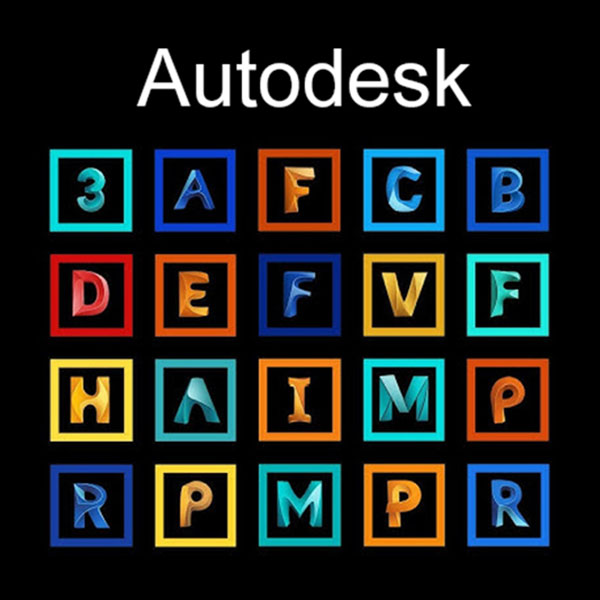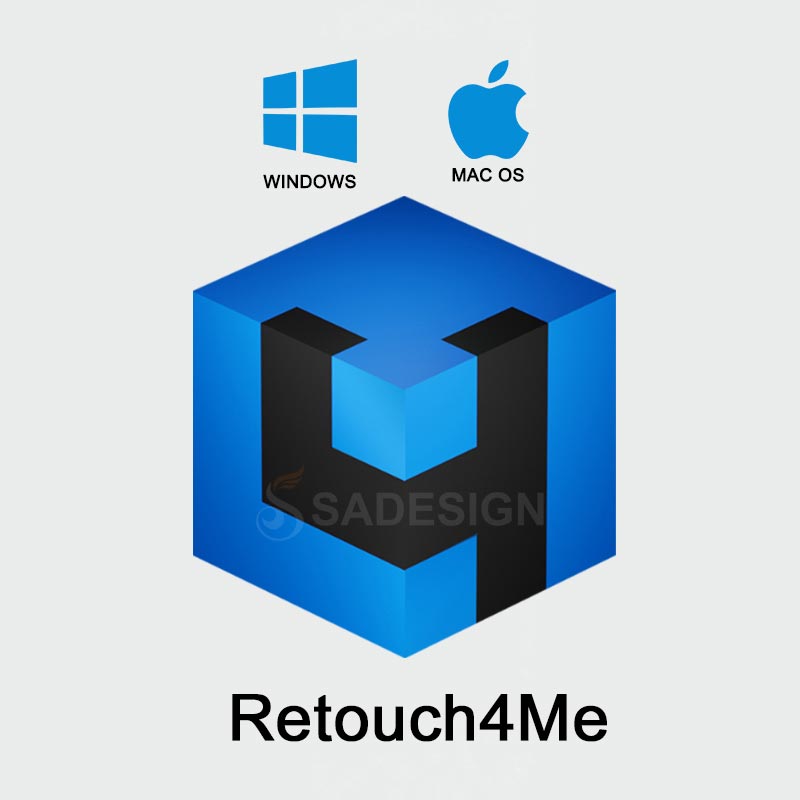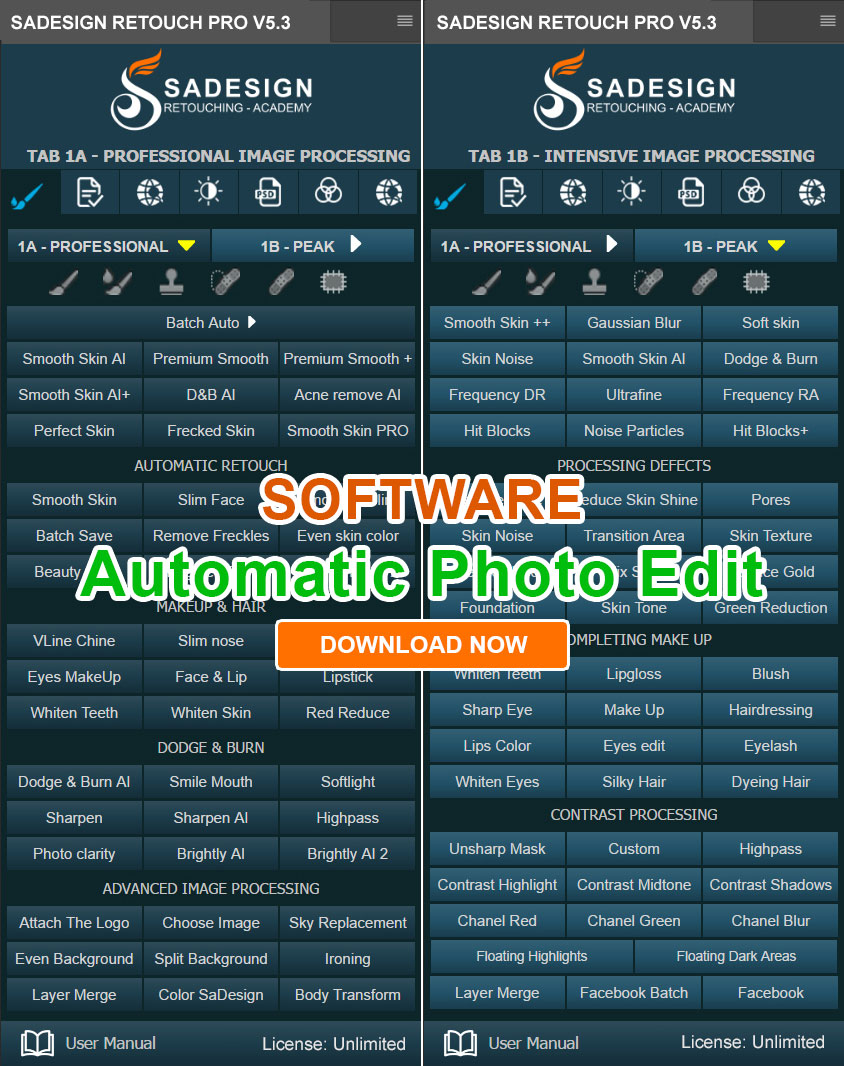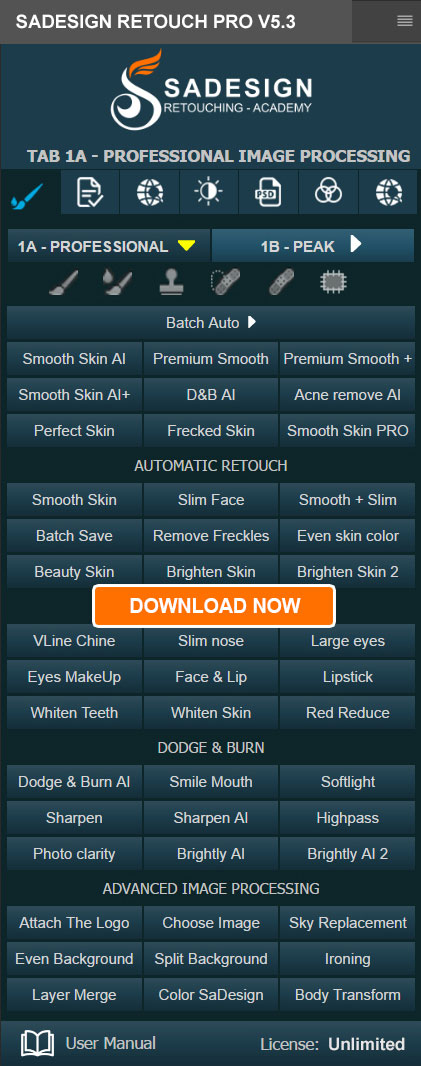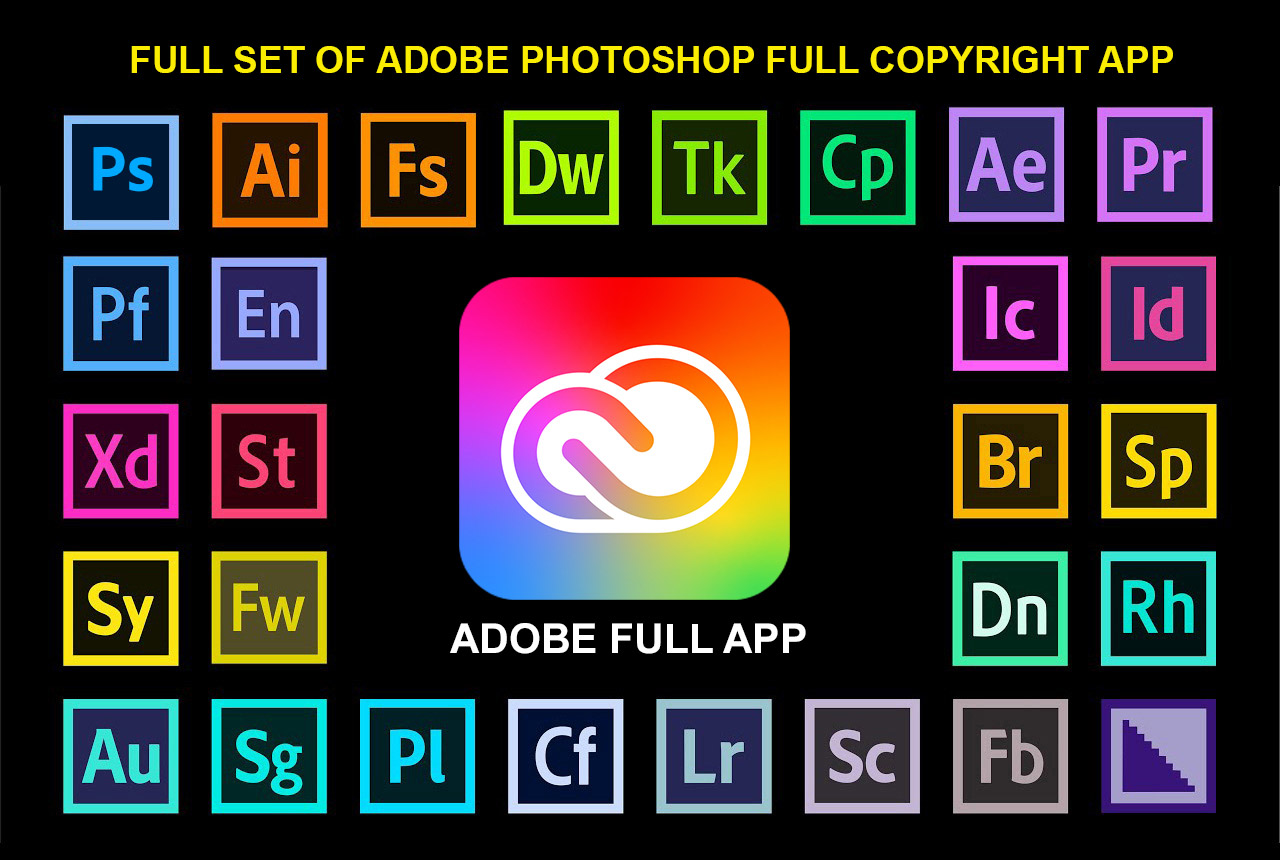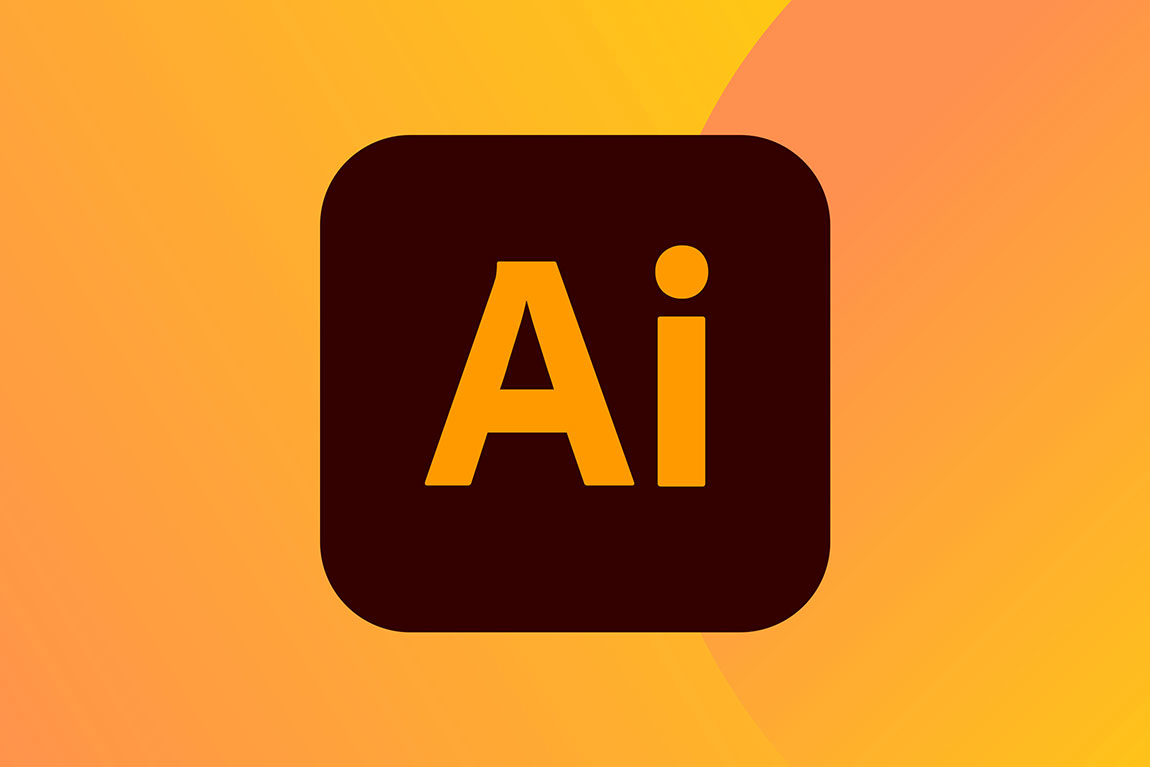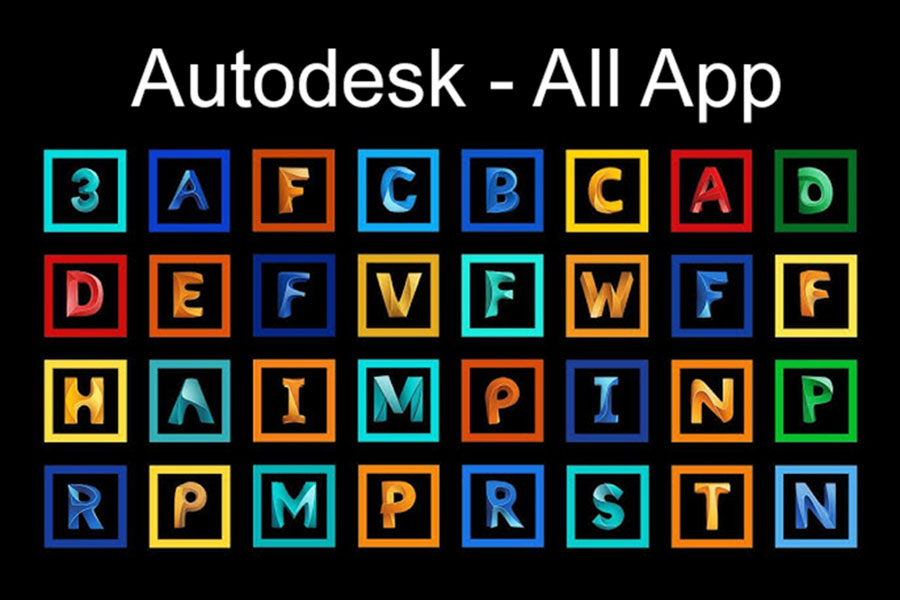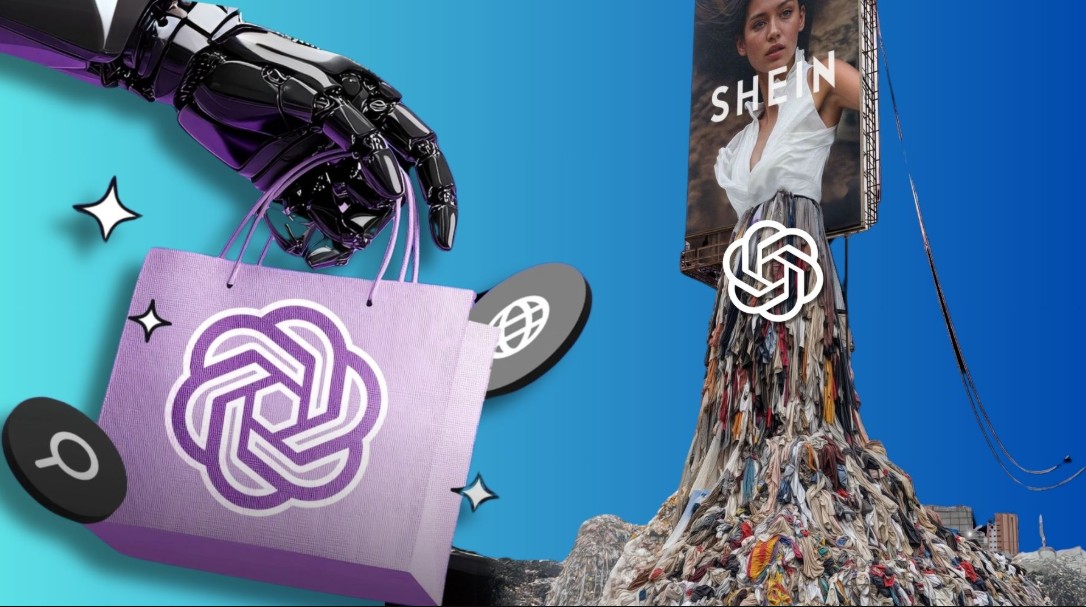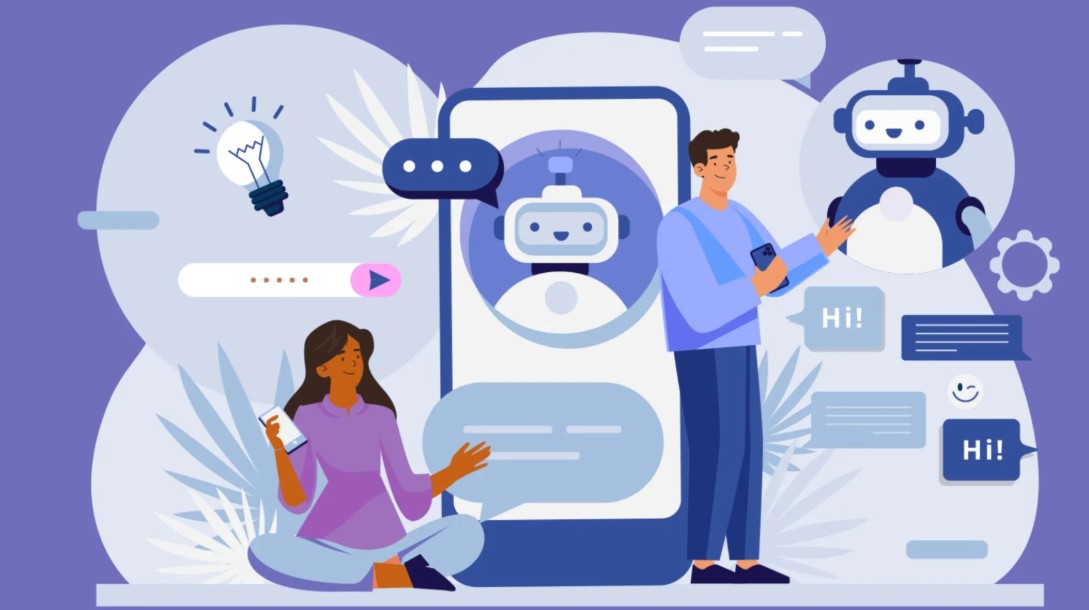Best Selling Products
Gemini 3.0 Shocking: Create iOS and Windows Emulators in Just One Command!
Nội dung
- 1. Gemini 3.0: the result of a long testing process
- 2. Can Gemini 3.0 create iOS, macOS and Windows emulators?
- 3. Not only macOS but also Windows and iOS are recreated
- 4. Gemini 3.0 does what no AI has dared to try
- 5. Impact on programming, design and product development
- 6. The limitless expansion of AI in realistic simulation
- 7. The future opens from a command
- 8. Conclusion
Gemini 3.0 surprised the technology world when it was able to create a simulated iOS and Windows environment with just one command. A new step to prove the superior power of artificial intelligence in programming and system simulation.
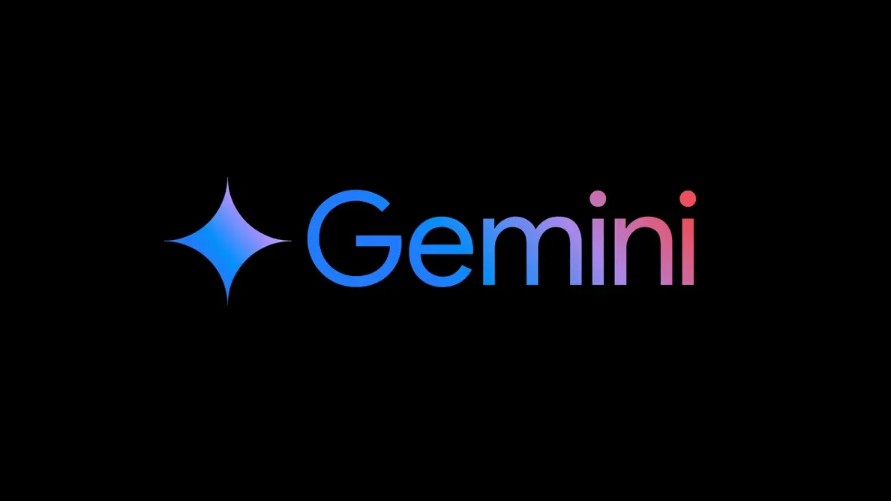
Recently, Google once again surprised the technology world with the appearance of Gemini 3.0 , the next version of the advanced AI line developed by the DeepMind team.
If previous versions of Gemini impressed with their multi-modal processing capabilities combining language, images, sounds and programming codes, Gemini 3.0 seems to go even further. Many information has been spread that this new AI model can create complete simulations of iOS, macOS and Windows with just a single command , simulating almost the entire interface and functions of the real operating system.
If true, it would not only be a technical breakthrough, but also a milestone that could completely change the way we approach digital creativity, interface design, and software development. Gemini 3.0 is not only intriguing programmers, but also attracting special attention from the design community, as it could usher in a new era where ideas can be realized in just a few seconds.
1. Gemini 3.0: the result of a long testing process
Gemini 3.0 is not a product that was born overnight. It is the result of many years of continuous research and experimentation by Google in bringing AI closer to human creativity. Since its launch, the Gemini series has always been positioned as a generation of general-purpose AI that can learn from many different data sources and self-adjust its behavior to suit the context.
According to leaked information, Gemini 3.0 has been undergoing internal testing for months, with improvements focused on two main goals: reducing processing latency and optimizing operating costs at scale. These are two major hurdles that most complex AI systems face. When simulating heavy graphics tasks such as rendering interfaces or recreating operating system environments, latency of just a few seconds can disrupt the experience.
.jpg)
Gemini 3.0 is trained on a new multi-layered data platform that can process thousands of visual queries in parallel, from descriptive statements to images and programming code. The goal is to make AI respond “as humans think,” meaning it can go from idea to visual simulation in the shortest possible time.
Beyond speed, Gemini 3.0 is also aiming to become the “heart” of Google’s AI product ecosystem, including Veo, the AI video creation tool that has been making waves lately. According to many experts, Google may be testing how Gemini can become a unified AI infrastructure platform, powering all creative applications, from content generation, coding, to digital world simulation.
But what surprised the community the most was the information surrounding Gemini 3.0's ability to create virtual versions of famous operating systems, something that no other AI model has achieved before.
2. Can Gemini 3.0 create iOS, macOS and Windows emulators?
It all started with a post on the social network X (formerly Twitter) by a user named Chetaslua. In the post, accompanied by a 92-second video, Chetaslua demonstrated an unbelievable scene: a virtual Mac booting up, displaying the macOS interface with full details such as the dock, Finder folders and Safari browser.
Users can click to open applications, browse the web and perform interactive operations similar to those on a real computer. What surprised the community was that Chetaslua asserted that this entire system was created with just a single description command sent to Gemini 3.0, without any source code or pre-built software being used.
.jpg)
In the description, the person said that the AI “self-understood” the request, then initiated an interactive interface that simulated the macOS operating system, including visual feedback, user behavior, and application navigation. The video immediately became a phenomenon, attracting more than 3.7 million views in just a few days and was discussed enthusiastically by hundreds of analysts, software engineers, and designers.
Some experts believe that Gemini 3.0's ability to create real-time interactive interfaces and behaviors is the result of integrating linguistic AI with visual modeling and dynamic graphics programming, allowing it to not only “speak” or “write,” but also “see” and “act” in digital environments.
3. Not only macOS but also Windows and iOS are recreated
The viral effect of this video has led many others to start experimenting with Gemini 3.0. Some users said they have successfully asked the AI to create a virtual version of Windows, complete with the Start menu, application windows, icons and familiar moving effects.
One person even detailed the requirements for the AI: create a simple text editor, a terminal that can run Python code, and a mini-game. After a few minutes, Gemini 3.0 not only displayed the interface, but also generated HTML code that could run the entire environment right in the Chrome browser. When the HTML file was opened, the user could interact, type commands, run the game, all with a surprisingly smooth performance.
Although not as perfect as real Windows, the authenticity and operating logic that Gemini 3.0 demonstrates has made the community admit that this is a leap forward for AI in the ability to simulate the operating system interface.
.jpg)
Not stopping there, another user shared an iOS simulator created by Gemini, which shows the lock screen, app icons, search bar, and smooth transition effects. When describing the command “create a clone of iOS that opens the app and displays settings,” Gemini built the entire interface framework, including menu pages, settings, and transition animations between screens.
If the reports are to be believed, Gemini 3.0 may have touched on the ability to design its own real-time user interface (UI) and user experience (UX).
4. Gemini 3.0 does what no AI has dared to try
Until now, AI models have been limited to language support, text generation, or programming code generation. Recreating a simulated operating system environment requires a combination of language understanding, spatial modeling, operational logic, and interactive graphical display.
Gemini 3.0 seems to have overcome this limitation. It can not only understand descriptive commands, but also infer the technical structure to reproduce them as animations, and can even manipulate the simulated environment. When a user asks “create a copy of macOS that opens Safari,” the AI does not just create a screenshot or static HTML code, but also constructs a chain of interactive behaviors: click, respond, load the page, display the content just like a real system.
This ability comes from Gemini 3.0's unique processing architecture, where the language model and the vision model are combined in a unified learning space. This helps it understand and execute requests in multi-dimensional contexts, instead of just responding with text.
This is the difference that makes Gemini 3.0 the first AI to “intentionally create” in the simulation world, not only copying but also shaping the way the object operates.
.jpg)
5. Impact on programming, design and product development
If what Gemini 3.0 demonstrates is true, this will have far-reaching implications across many fields, especially programming and interface design.
For developers, Gemini 3.0 could become the most powerful virtual lab ever created. Instead of spending hours installing software, configuring environments, or testing on multiple platforms, they can ask the AI to pre-build a simulated operating system to test their application. A developer can try running their application on a “virtual Windows” or “virtual macOS” created by Gemini, observing behavior, detecting errors, and optimizing performance right in the browser.
For designers, this could be a turning point in creative thinking. Gemini 3.0 allows for a direct transition from idea to interactive model. A designer needs only to describe “an iOS-style task management application interface with pastel colors, rounded buttons, and subtle animation effects” and Gemini can immediately build a working prototype that not only displays but can also be tapped, dragged, and swiped.
In education, the ability to simulate operating systems also opens up great opportunities for programming and UI/UX design training. Students can learn how to design or test software right on the AI platform, without complicated installation or expensive hardware.
Gemini 3.0 is gradually making concepts like “co-creation AI” or “design AI” a reality. It not only assists humans, but also directly participates in the process of creating, testing and optimizing products.
6. The limitless expansion of AI in realistic simulation
The fact that Gemini 3.0 can recreate an operating system also opens up a new avenue for realistic simulation applications. With the ability to understand and visualize context, Gemini can be used to recreate a work environment, classroom, manufacturing space, or software interface without the need for complex programming code.
.jpg)
Tech companies can use this AI to simulate user experiences, test product interfaces, or even create dynamic demos for customers without developing actual software. On the research side, computer scientists can rely on Gemini to test AI behavior in simulated environments, making development safer and less expensive.
Where previously creating a simulator required dozens of engineers and months of work, with Gemini it can be just a matter of a few commands and a few minutes of waiting.
7. The future opens from a command
The most remarkable thing about Gemini 3.0 is not just its simulation capabilities, but the philosophy it carries: “one command can create a whole world.” We are witnessing a transition from the stage of “AI assisting humans” to “AI co-creating with humans”.
The future of design, programming, and content creation may no longer be about typing lines of code or drawing frames. Instead, it will be about accurately describing ideas, requirements, and emotions for AI to understand, reproduce, and refine. Gemini 3.0 may just be the beginning of the “design by language” era, where language becomes the most powerful design tool.
Of course, with the potential comes challenges. Google will have to address copyright issues when emulating commercial operating systems, ensuring user data is not copied or leaked in the simulated environment. At the same time, the ability of AI to create a near-realistic copy of a system also raises questions about ethics and control of the technology.But there's no denying that, if implemented correctly, Gemini 3.0 will redefine the concept of digital innovation.
8. Conclusion
Gemini 3.0 is not just an upgrade of the AI model, it is a testament to the evolution of artificial intelligence from a language engine to a system capable of recreating digital reality. The ability to create simulated operating systems such as iOS, macOS and Windows with just a single command opens up a new vista for the technology industry: where ideas are transformed into real-life experiences in the blink of an eye. If what the technology community is witnessing is true, this will be one of the most important breakthroughs in the history of AI development, laying the foundation for the next generation of creative tools. Gemini 3.0 will not only help people work faster, but also help them create in ways never before possible.

